Murphy’s Law: If anything can go wrong, it will.
1st corollary: Even if anything can’t go wrong, it still will.
2nd corollary: It will go wrong in the worst possible place at the worst possible time.
Most devastating corollary: Murphy was an optimist.
“It’s tough to make predictions, especially about the future.” – Yogi Berra
The Better Half thinks I am sick, and maybe she is right, but I am unrepentant: I like disaster movies and books. True stories are better than fiction, but I like both, and I am curious about how people, real or imagined, get through whatever Horrible Event faces them.
As I have written before–here, here, and here–that when bad stuff happens, radio can be a really useful tool.
It was a comment from a reader – Rob, W4ZNG – that got me thinking some more about this. He mentioned enduring three weeks without electricity on the Mississippi Gulf Coast as a result of Katrina. So we had a phone conversation about: What do you want in your radio kit bag when faced with a longer duration, more severe regional or national emergency?
Here’s some of the stuff we agreed upon.
Gathering Information
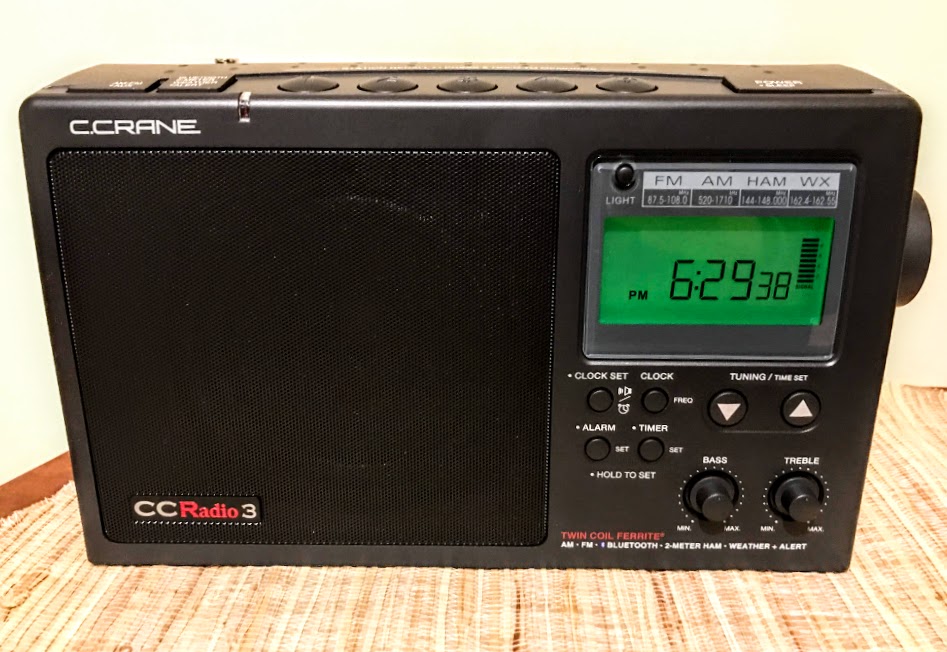 At the most basic level, you want a radio capable of receiving local AM or FM broadcasters, and it would be good to know ahead of time which local stations have local news staffs that can broadcast useful in formation in times of crisis. In addition, if you live in the US or Canada, I absolutely recommend the ability to receive NOAA weather radio. The ability to run off batteries is critical, in case the mains power is out. In addition, a generous supply of batteries, or a means to recharge batteries is in order. If you decide to go with recharging batteries, you need to think about your options now, not when the lights go out.
At the most basic level, you want a radio capable of receiving local AM or FM broadcasters, and it would be good to know ahead of time which local stations have local news staffs that can broadcast useful in formation in times of crisis. In addition, if you live in the US or Canada, I absolutely recommend the ability to receive NOAA weather radio. The ability to run off batteries is critical, in case the mains power is out. In addition, a generous supply of batteries, or a means to recharge batteries is in order. If you decide to go with recharging batteries, you need to think about your options now, not when the lights go out.
In Rob’s case, during Katrina, all of the local broadcasters were wiped out. There was a local low-power FM broadcaster who got permission to increase power to 1,000 watts and was broadcasting where to get food and water. There was a New Orleans AM station that was on the air, but all of its coverage was “New Orleans-centric.” After a few days, some local FM broadcaster, working together, cobbled together a station that they put on the air and began broadcasting news. Rob also began DXing AM stations at night to get additional news.
We agreed that shortwave broadcasters were not likely to be very useful in most cases, but a shortwave radio with the ability to hear ham radio single sideband networks might well be.
To scan, or not to scan, that is the question
Another potential source of information are local public agency radio transmissions in the VHF and UHF ranges that could be heard with a scanner. But – and this is a very big but – that depends a lot on whether your local government (first responders, etc.) transmissions are encrypted. You need to check a source like https://www.radioreference.com/db/ to see if Public Safety transmissions in your area are encrypted. If they are, you will be unable to decipher them, no matter what equipment you own. However, an inexpensive analog-only scanner may prove very useful for listening to ham transmissions VHF and UHF (2 meters and 440 primarily) as well as FRS and GMRS.
If your local Public Safety radio systems are not encrypted, the RR database will give the details of the radio systems used by those agencies, and that in turn will determine the level of sophistication of scanner that will be required to hear their transmission.
The Radio Reference database also includes a listing of national radio frequencies including a list of federal disaster frequencies such as might be used by FEMA. In addition, I have found that the folks at the Radio Reference forum are generous with their time and expertise: https://forums.radioreference.com/ . If all this sounds a bit daunting, there are scanners that have built-in databases of all available frequencies and radio systems, and all you need to do is put in your zip code and select which services you want to hear. I own one, they work well, but they are expensive.
Summoning Help
Assuming that the power is out, your cell phone may or may not work (during Hurricane Katrina, some people found that they could not make voice phone calls, but text messages would go through).
If the cell phones are not working, two-way radio may be useful to summon help and gather information. Again, some research on your part is in order. Perhaps there are 2-meter or 440 ham repeaters in your area with backup power, or maybe there is a robust GMRS repeater system. If so, get your ham or GMRS license and start participating! (It was his experience during Hurricane Katrina that prompted Rob to get his ham license, and when Hurricane Zeta hit, he was glad he had it.)
FRS bubble-pack radios are good for staying in touch while getting around the immediate neighborhood. It’s also good to have a few spares to hand to neighbors if the need arises. Often on sale (especially after Christmas) in multi-packs for less than $10 each.
Rob notes that great strides have been made in hardening cell phone towers since Katrina. When Hurricane Harvey clobbered Houston in 2017, the cell net stayed up. Even so, it would be prudent not to count on it!
The Bottom Line
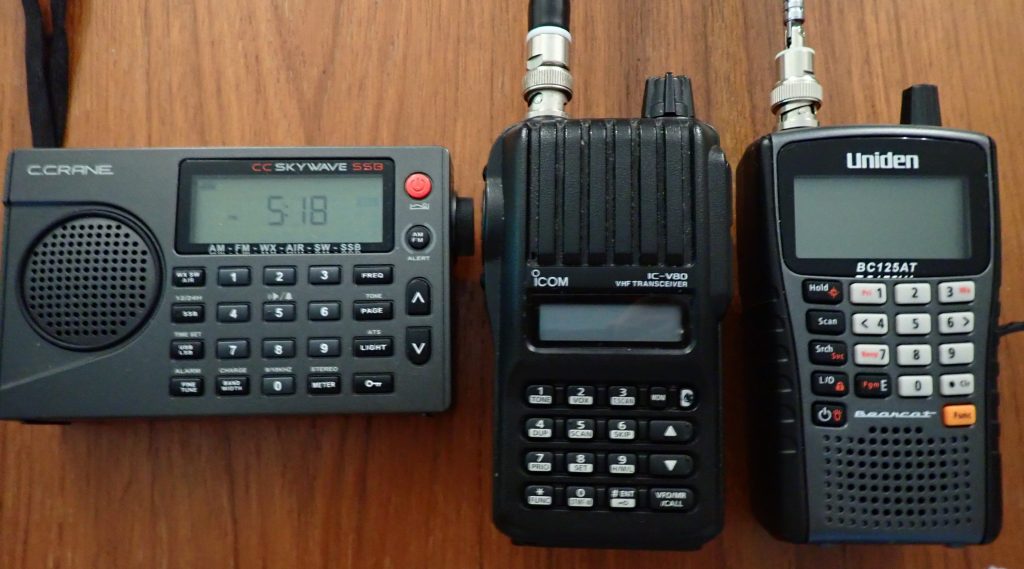 At a bare minimum the ability to receive your local AM and FM broadcasters is essential, and NOAA weather radio is also very useful. At the next step up, depending upon your local situation, a scanner may help you to gather information. In addition, the ability to monitor ham transmissions may also add to your information gathering abilities. Finally, having a ham license and the ability to transmit on ham frequencies may be very valuable in a widespread or long-duration emergency.
At a bare minimum the ability to receive your local AM and FM broadcasters is essential, and NOAA weather radio is also very useful. At the next step up, depending upon your local situation, a scanner may help you to gather information. In addition, the ability to monitor ham transmissions may also add to your information gathering abilities. Finally, having a ham license and the ability to transmit on ham frequencies may be very valuable in a widespread or long-duration emergency.

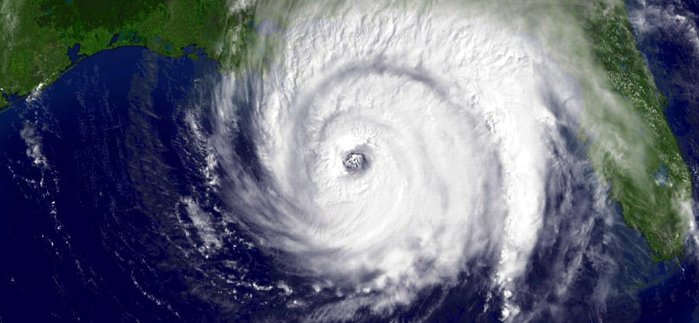
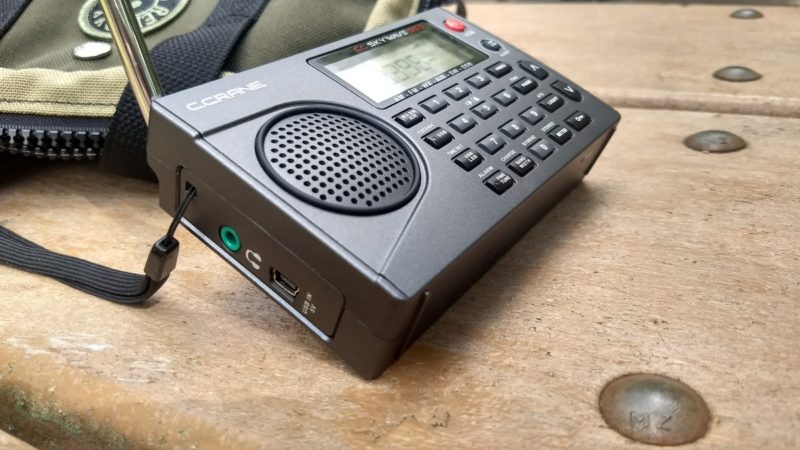
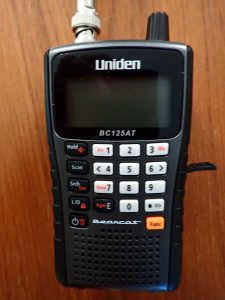
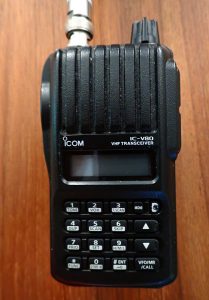
An adage and an acronym come to mind. “Fail to prepare, prepare to fail” and the 6 P rule, Prior Preparation Prevents P*** Poor Performance”. It is amazing how the bulk of the population especially in the “developed countries” are not ready in the slightest so it seems to me for events where fairly basic infrastructure stops working.
David,
Roger that.
Some years ago, here in the Northeast we had a horrific ice storm that collapsed power towers in Quebec and put out the lights for a very large number of folks.
As crews scrambled to get the power back on, after a few days, National Guard helicopters began dropping into rural areas to check on folks in isolated homes. Some were found frozen to death; some died of carbon monoxide when they attempted to heat their houses with charcoal briquets; other homes were just fine — even though the power had been out from some time — because they had alternate means of heating, preparing food, and light.
I agree with your statement: “It is amazing how the bulk of the population especially in the “developed countries” are not ready in the slightest so it seems to me for events where fairly basic infrastructure stops working.”
Cheers, Jock
7p (my old CSM)
Prior preparation+ planning prevents p*** poor performance
I use the CCSkywaveSSB nightly. A very good radio with no production issues. A very solid radio with a good ear. WK0Y/AJY
Aubrey,
I agree. It is an excellent radio that delivers AM/FM, shortwave, HF SSB, NOAA weather radio, and even airbands in a small package that can run off AA batteries. I have one and can recommend it.
Cheers, Jock
Thanks Jock, and good job. Can’t see a lot to add – especially since you’d already asked “Now, what got left out?”
Way beyond the scope of radios is emergency power, or here, how to power emergency radios. But that’s a huge other topic, where requirements and opinions vary greatly. Personally, I’m a fan of semi-portable solar in the 100-200 watt range, just because it can be brought inside for a storm. And as I said, a huge other topic, not really one for a radio site.
ps: More thoughts on small solar: https://coyoteswamp.blogspot.com/2022/03/campsite-solar-options.html
It’s in the context of car camping, but very much relevant for hurricane season. Again, you can bring it all inside until the wind stops blowing. Many other solutions out there, some of which may fit you better.
Rob,
Right back at ya! I couldn’t have done it without you . . . someone who has actually lived through a longer-duration emergency.
My problem with rechargeables — like the ones on the backs of my ham HTs — is that they always seem to need recharging when the need is critical (Murphy again) . . . so I back them up with the battery back for each HT that can be loaded with commercial non-rechargeable AAs or rechargeable AAs.
Cheers, Jock
Keep a very good stand by of “AA” & “AAA” & “C” size batteries.Not rechargeable types because they can only be recharged up to a number of times and even then they start to loose their charge sitting on the shelf. So buy a big amount of fresh batteries and keep them in a good dry place.Make sure they are a well known/good brand.Varta are the brand I use and have never given any problems.The batteries in Dynamo type wind up radios dont last .They only hold a good charge when new.
James, I’ve had absolutely horrible luck with primary AA & AAA batteries these last few years. Even had a set go bad in a sweet little Fluke 101 meter, just ticked me off to no end. Here’s a discussion over at an engineer’s blog on the matter: https://thesilicongraybeard.blogspot.com/2022/02/back-on-alkaline-batteries.html
TLDR: Don’t trust name-brand high-performance alkaline batteries such as Duracell and Energizer. In recent years, manufacturers have been optimizing for performance and leaving out crucial anti-leak features. The result is corroded battery compartments left and right.
I’ve sidestepped the issue by going over to Eneloop rechargeables. They hold a charge fairly well, at least for a year or so, and I’ve never had one go bad and leak.
James,
That has been my plan as well.
And I have had name-brand batteries leak, coming very close to ruining a radio. If it is true that the rechargeables are built with better leak protection, perhaps a good plan would be use the rechargeables, backed up by commercial non-rechargeable batteries.
Cheers, Jock
If you have a car, i suggest obtaining a 12vDC->120vAC inverter. Even a small inverter can power help power lights, radios, fans, etc. for quite a long time off a car battery, and even longer if the car happens to have a tank of fuel.
Do not try running 12vDC from the car to the inverter at any significant distance due to typical DC voltage drop. Instead place the inverter in the car and use an extension cord.
I have a generator due to being on the Florida gulf coast, but being realistic, I know not everyone has the space, resources, or even an expected need for one. Alternatively, a basic 150-watt inverter can be sourced for under $20 and fits in most automotive glove boxes.
Robert,
Thanks for the info!
Cheers, jock
Everyone who has a cellphone and a vehicle needs to have a cigarette plug adapter so that they can charge their phones in their vehicle. You would likely be able to charge your phones hundreds of times off of a car battery. These cost less than $10 and you can get them in almost any gas station.
I think that the CCRadio solar digital AM/FM radios must be one of the best survival radios out there. It has a Micro USB input charging port which lets you charge it in a vehicle. And if the radio is charged you can bring it in your home to charge you phones. Also it will receive NOAA WX channels and does have an alert function but it must be on an external power source if the alert is enabled. If it is not on an external source the internal battery will quickly run down. It has an internal Li-ion battery or can use three AA batteries.
https://ccrane.com/ccradio-solar/
Zack,
Good info . . . thanks!
Cheers, Jock
I disagree. Lithium batteries are used in phones and you are not suggesting using primary batteries for them. DAB+ digital radios all use lithium batteries which are installed like phones. They use USB charging cable which can be plugged into a USB cigarette lighter plug in vehicles. Vehicle batteries can support radios for long periods whether it is in the vehicle or as above.
There are cellphones that takes AA cells. My friend has one in his emergency grab and go bag.
To charge cellphones with AA or other battery source, there are USB power bank that takes AA cells. I have one in my emergency grab and go bag. It takes 4 AA and I keep at least 8 fresh single use lithium AA cells with it.
You are not always in or near a car, during a disaster.
What did you disagree with again?
How reliable is NOAA transmitters on an individual reception site during an emergency? NOAA uses 162 MHz which is line of sight frequencies. Are the transmitters provided with backup electricity which will run it for 3 days continuously? https://www.weather.gov/nwr&in_desc=NOAA+Weather+Radio/ shows some transmitters have been off air since January. Read coverage area maps notes. https://www.weather.gov/nwr/Maps
EAS uses broadcasters to radiate warnings and the Government has paid for backup generators. High Frequency DRM is a much better option because the transmitter can be a long way from the emergency. http://www2.unb.ca/gge/test/SWL/2018-0568a%20DRM%20REPORT%20final%20PDF%20UDI%201732.pdf DRM has Emergency Warning Functionality where when an emergency is activated, the receiver in the target area, will wake the radio, tune it the announcement channel on the same transmitter, increases the volume, operates an alarm sound, an makes the announcement. As you can see from above, it can also transmit maps as well as multiple lingual indexed text messages. (Journaline). http://www.drm.org
mangosman,
When I did this article — https://swling.com/blog/2022/02/jock-shares-a-bit-more-about-noaa-weather-radio/ — NWS told me that ” over 80 percent of the NWR transmitters have some form of backup or emergency power, many of which can continue to operate for 5-10 days while the main power is out”
Cheers, Jock
There are always a few NOAA transmitters down. Things break.
Good article worth reupping from time to time as a reminder and for new readers. I find NOAA performance on portable radios to be highly variable, kind of like it’s an afterthought by the manufacturer. I wish I could find guidance on which devices have the best NOAA performance.
Steve,
You may find some useful info here: https://swling.com/blog/2022/02/jock-shares-a-bit-more-about-noaa-weather-radio/
If you already have a NWR-capable radio, the info at the bottom about the antenna may help.
Cheers, Jock
I recommend to standardize such equipment to AA or AAA cells. Most lithium batteries are specific to brand or even model. After five years or so many of these batteries are dead while rechargeable AA or AAA cells are easily available.
Or ,even better: Get a supply of AA or AAA primary (non-rechargeable) cells. They can easily stored for 5-8 years. Then you need not worry on how to recharge the cells.
Alexander,
That has, in fact, been my strategy. I have a supply of AAs for the handhelds and D cells for CCrane 2e and Satellit 800.
Cheers, Jock